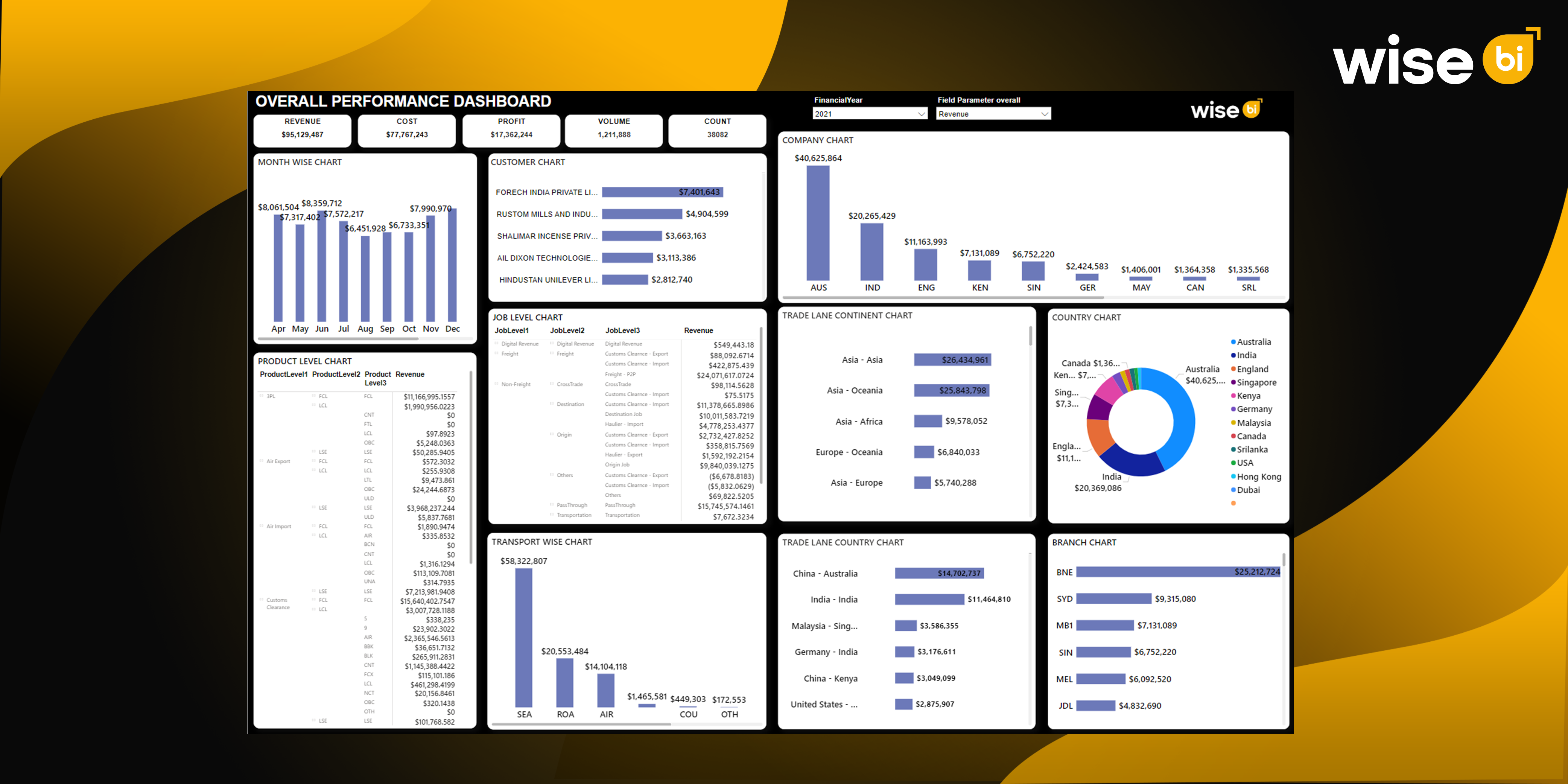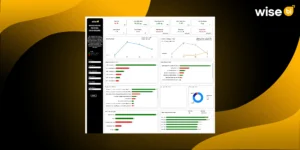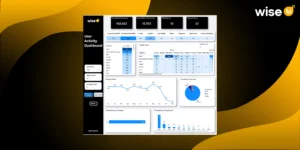Data quality remains an important factor for organizations that need accurate information and effective operations in data management. This process is facilitated by data curation that involves accurate structuring, verifying, and enriching data at various stages.
Such an approach does not only rectify errors and inconsistencies but also guarantees that data is sustainable, relevant, and useful in the long run. Knowing how data curation improves data quality would be very useful to organizations that seek to maximize the value of data resources.
What is Data Curation?
Data curation can be defined as a process of organizing data throughout its life cycle. It refers to a range of tasks and operations focused on preserving, structuring, and enhancing the quality, usefulness, and availability of data.
Data curation in Business intelligence’s main objective is to maintain data’s fidelity, relevance, and accessibility throughout the creation process to its disposal or archiving. This consists of data gathering, data quality, data storage, data archiving, data dissemination, and data curation, processes that increase the usefulness of data resources in organizations and research contexts.
Important Steps Involved in Data Curation
Data curation refers to the process of acquiring, managing, and preserving data most effectively so that the data is of the highest quality at any given time.
- Collection and Assessment: Firstly, data curation can be defined as the process of searching for data sources that contain necessary information. In this stage, one looks at the quality of the data being used and determines whether it is accurate, complete, and relevant to the project. Other important aspects worth mentioning concerning data collection are the ethical and legal issues that must be followed as per the law about the privacy of individuals.
- Cleaning and Transformation: The first step that follows data collection is data cleaning and data transformation because the data may be in different formats and categories that need to be arranged and homogenized to make them more useful. This is a process of eliminating duplicates and errors, fixing all the entries, and bringing the formatting of all the comparable records. Information is formatted in a way that ensures the fact that it can be easily searched and sorted based on key parameters.
- Storage and Preservation: On extraction, data can be optionally cleaned and then stored in environments that can coexist with the existing systems in organizations. Data governance policies are set down to regulate how information is processed, shared, and utilized to meet the regulations that are set or the industry standards. This is a process of preserving data to guard against deterioration over time and normally involves the use of backup systems and disaster recovery.
- Sharing and Access: It is worth noting that data curation involves making curated data easily attainable and searchable for the people or users who are legally allowed to access it. This involves the use of tagging schemes or indexing processes that put in place descriptions of the data for easier identification and understanding. Another strategy is putting measures to regulate access rights for viewing, modifying, or using the data, and this has to do with security and privacy.
- Maintenance and Management: It is important to keep the curated data collection up-to-date and well-organized to serve its purpose effectively. In this stage, attributed data consists of updated and enhanced versions of the previous attributes that are used to train a model. Databases are unique and developed based on organizational change and need followed by measures in data privacy and security.
- Archiving and Disposal: Last but not least, the data that is no longer relevant, or the data that is not needed any longer is either stored away in a backup or destroyed in an appropriate manner. Archiving on the other hand pertains to shading of datasets that may be of use in the future in case they are no longer important for day-to-day operations or analysis. Sanitization techniques are employed to eradicate unneeded data while excluding these records from risky misuse or infringement of the policies.
Benefits of Data Curation
- Improved Data Quality and Reliability: Another important aspect of the process of data curation is the increased quality and credibility of data. By using various methods to clean, validate, and standardize, data curation ensures that data has been perfected in terms of accuracy, completeness, and coherence. This makes the data reliable for decision-making, analysis, and reporting purposes since the data collected are accurate, complete, and trustworthy.
- Enhanced Data Accessibility and Discoverability: Curation is the process of structuring data into useful formats and developing good and detailed metadata. This makes it easier for end users within the organization to be able to find data sets that are relevant to them in a quick manner. Indexes and descriptions make an actual stored data collection searchable to allow users to locate the data they need quickly and without much difficulty.
- Increased Data Reuse and Repurposing: Data curation also enables data management for the long-term use and reapplication of data since it entails preserving both data and its context. Maintained datasets are recorded and stored in a way that would allow them to be accessed and used for other emerging studies, evaluations, and tasks. This means that duplication of effort in data collection is eliminated and the overall value of the investments in data acquisition and management are optimized.
- Better Data Governance and Compliance: Data curation ensures that within the organizations there are well-identified policies and procedures to do with the data. It verifies that data management controls meet privacy, security, and usage policies and standards at the state and organizational levels. Following regulations like GDPR or HIPAA are made easy through systematic strategies and proper ways of preserving data.
- Reduced Data Management Costs: Managing data involves significant costs and appropriate approaches in data curation may help to minimize them. By thus improving or automating data cleaning, storage, and, data access, organizations can cut costs that are associated with manual labor. This also helps in reducing the expenses that are linked to errors and mistakes as well as enhancing the overall performance of operations.
- Competitive Advantage Through Data-Driven Insights: Organizations that practice good data curation stand to benefit because they will have an edge, courtesy of data analysis. Such data is clean and free from inconsistencies, which is very useful for the analysis, modeling, and decision-making processes in business. Managers and leaders can be more perceptive of trends, opportunities, and risks which in turn facilitates innovative growth strategies in highly competitive business environments.
Conclusion
Data curation is therefore a crucial process invaluable for any organization that seeks to maximize the value of their data. It becomes apparent that by maintaining data at every stage ranging from collection and rating to storage and destruction, data curation enhances data compliance, credibility, and retrievability. It ensures that data is consistent, comprehensive, and credible, leading to improved decision-making and long-term organization planning. Also, implementing good data curation service practices helps in lowering the costs relating to data management, compliance with data governance policies, and gaining a competitive advantage due to better use of data.
Reliable data curation practices are not only beneficial but also essential for any organization hoping to function at maximum efficiency in the current big data environment. Consult our professional team at Wise BI to help you establish the best approach to improve total data curation.




